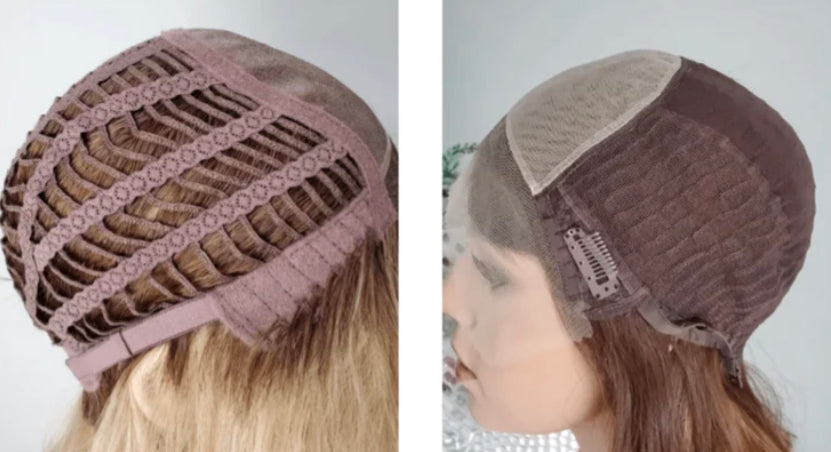Understanding the Different Types of Alopecia
Alopecia which is more commonly known as hair loss, affects millions of people worldwide.
However, to this day, there are many people who have never heard of it referred to by this name.
I often find myself having conversations with
people who have never heard of it, or who were under the impression that all types of hair loss were the same. However, what a lot of people don’t understand is that there are many different types of Alopecia & hair loss.
Each type of alopecia has its own unique characteristics and and causes, and no two cases are exactly the same.
I think it’s important to educate ourselves on the different types of hair loss rather than making assumptions about someone who may be losing their hair, as it can greatly impact the way we view ourselves.
Therefore, I would like to mention just a few different types of Alopecia.
1. Androgenetic Alopecia:
Androgenic alopecia, also known as male or female pattern baldness, is the most common form of hair loss. It occurs due to a combination of genetic factors, hormones, and age. In men, this type of alopecia often results in a receding hairline and thinning at the crown. In women, it typically leads to overall hair thinning, however some women experience a receding hairline, and do not continue to have growth.
2. Alopecia Areata:
Alopecia areata is an autoimmune disorder where the body's immune system mistakenly attacks the hair follicles, resulting in patchy hair loss. It can occur at any age and affects both men and women. The hair loss patches can be small or extensive, and in some cases, it can progress to complete baldness (alopecia totalis) or loss of all body hair (alopecia universalis).
I myself had Alopecia as a child which later progressed to Totalis when I was 13. Therefore, I no longer have hair on the top of my head, however I still have my eyelashes, eyebrows and body hair, but know that they could fall out at any time.
3. Traction Alopecia:
Traction alopecia is caused by constant tension or pulling on the hair over time. It often arises from hairstyles that put excessive stress on the hair, such as tight ponytails, braids, or extensions.
4. Telogen Effluvium:
Telogen effluvium is a temporary form of hair loss that occurs when a large number of hair follicles enter the resting phase (telogen) prematurely. This type of alopecia is often triggered by significant physical or emotional stress, hormonal changes, nutritional deficiencies, or certain medications.
5. Scarring Alopecia:
Scarring alopecia, also known as cicatricial alopecia, is a rare but severe form of hair loss characterized by the destruction of hair follicles and their replacement with scar tissue. This type of alopecia can be caused by a variety of factors, including autoimmune diseases, infections, or inflammatory skin conditions.
Regardless of your type of hair loss, or the cause behind it, losing your hair can have have a huge impact on your self esteem, confidence and mental health, amongst many other things. Therefore, the more we educate ourselves on hair loss and Alopecia, the better it will be for those of us who may be struggling. The most important thing to note is that you are not alone.




